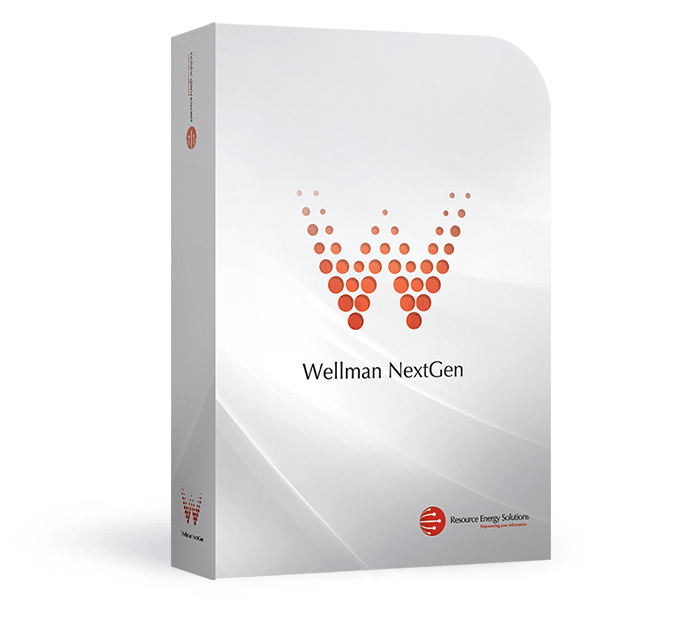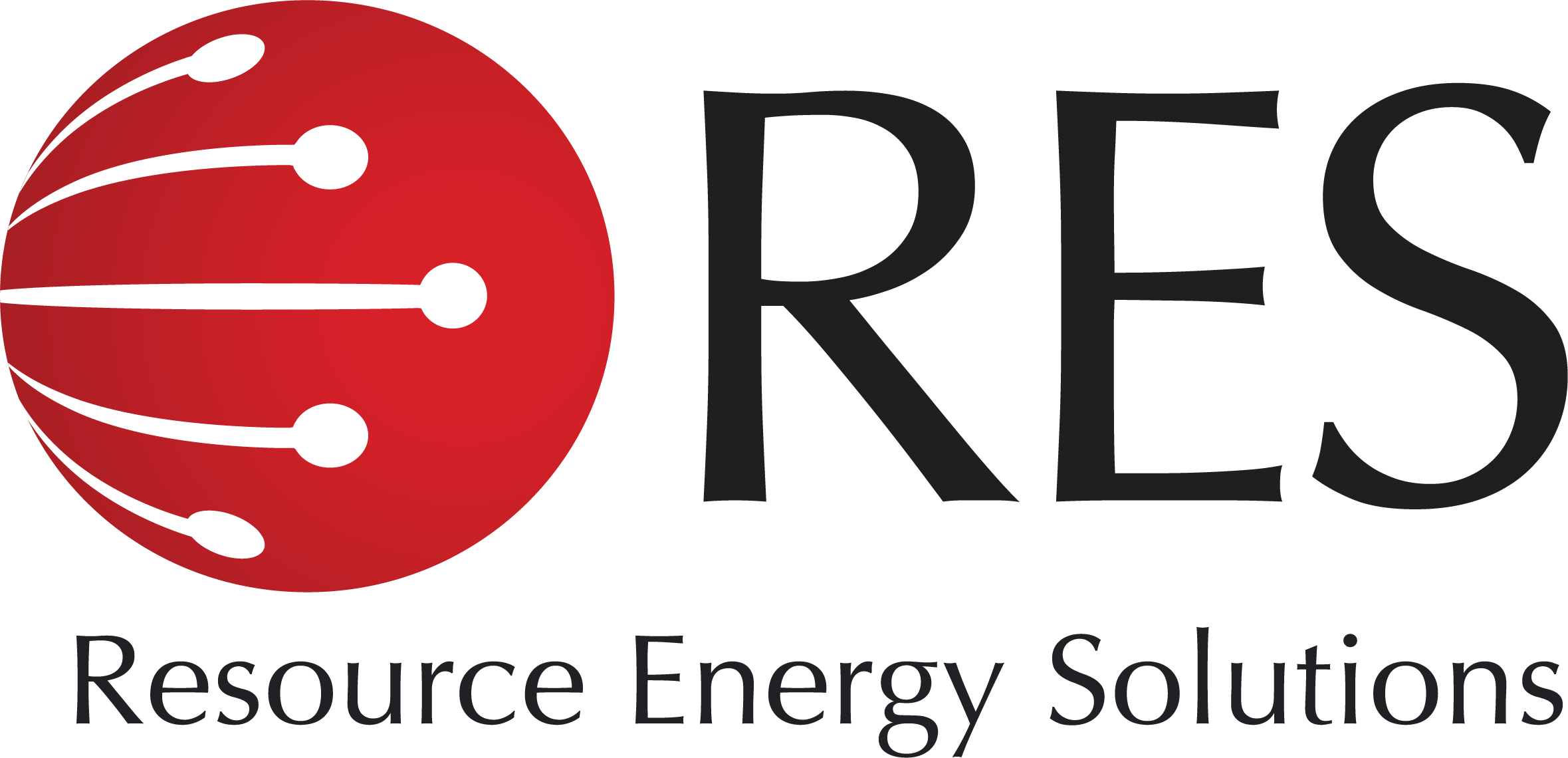It was a common belief that to meet the energy requirements we need to generate more and more energy and for that either we need to ramp up the existing capacity or find new power sources which could meet the ever increasing energy demand. We need to think from a new angle, “Energy saved is energy produced”. This line opens up a numerous dimensions in this sector and here comes the role of AI (Artificial Intelligence). A proven powerhouse which is leading a transformation in this sector without even generating power.
With the AI what we could do broadly is three things; Analyse, Forecast and Optimise.
Analysing all the data points which show us how the peak loads fluctuate and which sector and components are major consumers, how the load fluctuates season wise and are there any other major or minor factors which usually go unnoticed. These play a crucial role in understanding the patterns of energy consumption. The energy market is quiet complex and users are generally unprotected towards market risks leading to millions of dollars in loss. Data sets are important for feeding into the neural network and for shorter datasets which are particularly based on small area group or collected over a short span of time can be fed to Deep Learning algorithms like random forest which is widely used. Once the data points are sets and the weights have been distributed what is left for us is to use the model and keep on creating more and more results.
Forecasting, who would have thought that there would be a need for weather forecasting in energy sector but as we are moving towards the goal of cheap and clean energy we are being more and more dependent on nature and the consistency comes into play. We need to be sure about when it will rain or when the winds would be appropriate, creating LTA (Long Term Averages) of the data about sunlight, rain, wind speed. The AI takes the analysis from the data fed for the past decades and uses it to find the proper spots where solar panels can be installed; wind turbines can have adequate speed for creating enough flux that the motor can induce electricity to the national grid.
Optimization is a technique we have been using for years not with AI but with our very own scientists behind the desk. Using all the statistics and mathematical models to predict the best curve we can have for our systems. Similar to others the work is outsourced to AI and the results were flabbergasting. With Google reporting that its AI based optimisation has helped in optimising the cooling systems for servers and has reduced the electricity consumption by 15%, which for us is 15% electricity generation by Google. Now this energy is the energy of the future which can and will be utilised for meeting our production targets. If and only if it was that easy to produce the electricity, behind this 15% was the efforts to integrate AI deep learning within the existing systems. With this, we now have a new target of integrating AI optimisation to our national grids to make it more smart and efficient.
A Danish company Vestas with tag line ‘Turning climate into capital’ has proven all the above three points mentioned for AI by applying them in real world applications. They pinpoint the optimal location for setting wind turbines and this is possible only by analysing 2.8 Petabytes of data with 178 parameters with data from 35000 meteorological stations. With integration from IBM for supercomputers they are precisely answering all the questions required with minimum time as low as 15 minutes. Using efficient supercomputing power the electric cost has been reduced by 40% while maintaining the computational power.
Now with these marvellous features of AI why we are not able to trap the reduction in energy demand or the reduction in our carbon footprint. We know that every system has some challenges to face before it can unmask its full potential and be the change the world wants to see. Before it encapsulates the future we need to be sure of its certain attributes. These range from grid and cyber security to computational power.
With the increasing dependence on AI we need to think where the actual power will reside. This implies that the national grid is getting more prone to hacks and tampering. With this we need to upgrade the human skills and existing talent pool which could manage the sophisticated system and able to protect the system from anti elements.
Computational power on the other hand is a very subjective topic which can be easily controlled, we just need to invest more into the system and we can have it. The major obstacle that comes in the way is the belief. Are the current government and people ready to invest in the technology? For that we need to have some technology demonstrators working on the district levels and let the results speak for it.
Apart from these trivial problems that we are facing, we need to think over other aspects which are not in our control. The basics that the current industry needs to think about are the evolution of AI. The investment that will be required is of large scale and with fast paced growth there are very bright chances that within couple of years the technology will be obsolete. To overcome this, companies need to invest in R&D where the current system should be open to upgrades at least for a decade.
With government supporting projects in North America, China, and Israel we can be sure that AI is going to revolutionise this sector with its wide range tangible applications which will include self-monitoring robots which will be taking care of solar panels , its maintenance etc. Maintaining the power fluctuations so the national grid does not get impacted, for this we need to take the support of external storage systems. But the size of external storage can be reduced by the help of AI optimisation.
With AI acting as a filter to extract clean energy we can be assured of a bright future.
Published by Trent Marx, President & CEO, Resource Energy Solutions and Dr. Gary Wm Reid, Ph.D., P.Eng.













